Ideas when visiting Turkey for Mature & Senior Travellers
Ten things to see in Turkey | Small group history tours Turkey Turkey has much to offer when it comes to the nation’s history, food, and landscape. The country has a number of ancient monuments…
4 Oct 17 · 9 mins read

Ten things to see in Turkey | Small group history tours Turkey
Turkey has much to offer when it comes to the nation’s history, food, and landscape. The country has a number of ancient monuments and ruins that mark the many cultures and peoples that have, through the ages, made Turkey their home. Turkey is home to a significant number of Greek ruins, some of the best restaurants in the world, and some truly spectacular natural wonders.
You can see a number of the sites on this list by taking Odyssey’s Small Group Tour of Turkey, so click the link to see the tour details! Odyssey specialises in escorted tours for mature travellers curious about culture and history, and we always ensure you are guided by a reliable and knowledgeable tour leader in collaboration with local experts.
For more information on the history of Turkey, take a look at our other articles about the Ottoman Empire:If you’re eager to visit Turkey, you may also be interested in some of our lists:
- Ten Unimaginable Destinations (including the underground city of Derinkuyu)
- Ten Books for Travellers to Turkey
Note: Whenever you’re travelling it’s always worth checking Australia’s smarttraveller.gov.au website for any relevant travel advice. Turkey has recently undergone some political disruption, so read up on the status of the region and the specific areas you plan to visit before you set off on your trip.
1. Hagia Sophia
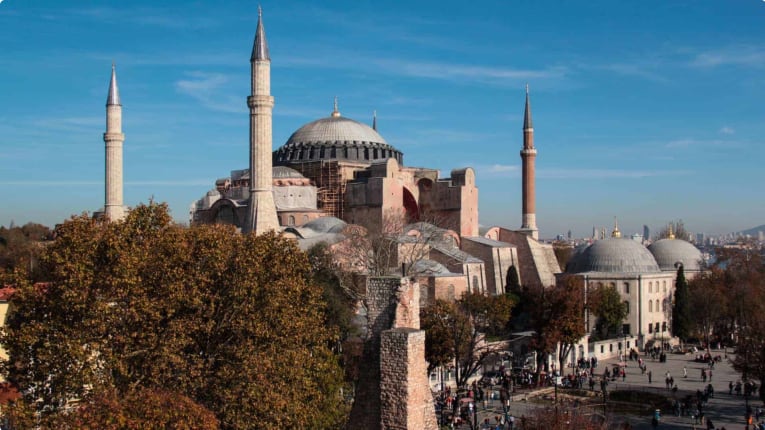
This cathedral (Aya Sofya in Turkish) is one of the most spectacular and popular sites in Turkey. Located in Istanbul, the first church on the site (a Christian church) was inaugurated nearly 1700 years ago, in 360AD. Nothing remains of this church, which was burnt down in a riot in the year 404AD. Over the centuries, churches have been built and destroyed, with the current structure commissioned by the Emperor Justinian in 537. It was converted into a mosque in 1453, following the fall of Constantinople to the invading Ottomans.
The cathedral that stands today was converted into a museum in 1935. The building itself is extraordinary, and contains a collection of incredible art and artefacts.
There are often long queues, so if visiting, it’s worthwhile buying an Istanbul Museum Pass in advance from a different museum. This pass gives you access to several museums at a reduced price – and allows you to skip the queue at the Hagia Sophia!
2. Ruins of Pergamon

These are the ruins of a once-wealthy Greek city founded in the 3rd Century BC: the capital of the kingdom of Pergamon, built by Alexander the Great. The ruins are about two hours away from the contemporary city of Izmir. The ruins themselves are at the peak of a steep hill, so are accessed via cable car. Once there, you’ll find an amphitheatre (the steepest in the ancient world!), restored tilework, the ruins of various magnificent buildings, and a spectacular view of the surrounding geography.
At the base of the acropolis is the Healing Centre, which was the home of influential Greek physician Galen, whose theories dominated Western medicine for well over a thousand years.
Unsurprisingly, Pergamon is listed by UNESCO as a World Heritage site. The World Heritage committee describes the site as “a masterpiece of Hellenistic and Roman urban planning and design.”
3. The Grand Bazaar of Istanbul
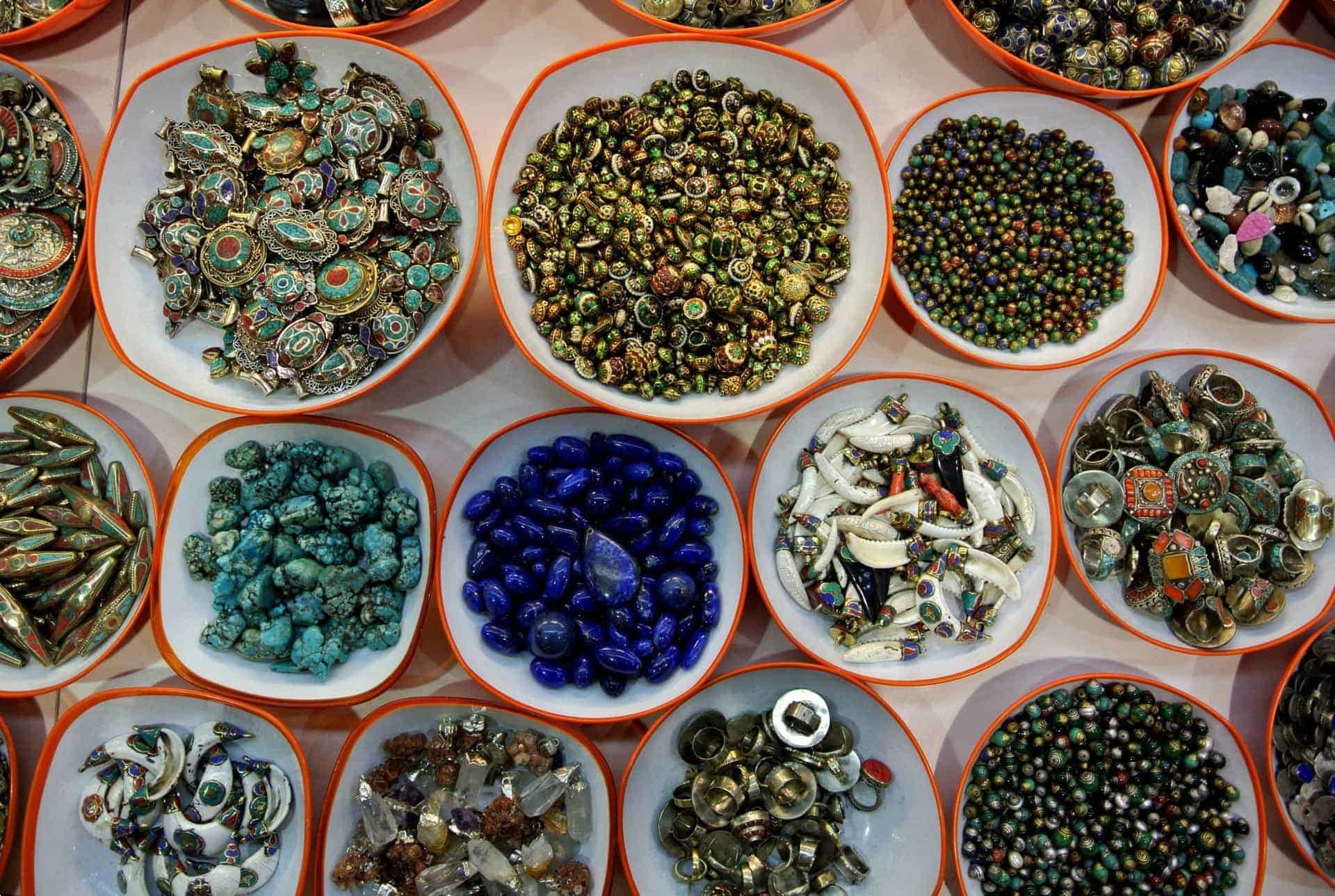
Istanbul’s Grand Bazaar is among the world’s largest covered markets. Like so much of Istanbul, the Bazaar has been around for hundreds of years. Constructed in 1461, until quite recently the market was one of Turkey’s central trading hubs. Now, it is very much a tourist attraction, with over 5,000 stores selling every Turkish souvenir a traveller could imagine. There are twenty-two ancient gateways, through which you can enter or escape, and 56 interconnecting vaulted passageways. It’s quite a maze, and everywhere you go, locals will be trying to sell you their wares. Tourists will be doing their best to bargain for them.
Just remember that it’s closed on Sundays.
If the Grand Bazaar seems too overwhelming, there are plenty of other markets scattered throughout Istanbul.
4. Mount Nemrut

The strange and haunting ruins on Nemrut Dag are truly wonderful. Here, you will find the heads of ancient statues that were excavated in 1881, including the heads of Apollo and Zeus. The damage done to the statues (which have not been restored), suggests that they were the subject of deliberate destruction, the heads removed and the noses chiselled away. Originally, the statues were part of the mausoleum of Antiochus (who lived from 69-34BC), a monument built by the king in tribute to himself. It mixes the aesthetics of a number of cultures, and showcases artistic principles from a distinctive era of history. The combination of stunning natural setting and the otherworldly feel of the sculpture makes this a must-see attraction.
Now a UNESCO World Heritage site, the site has been described by UNESCO as “one of the most ambitious constructions of the Hellenistic period”.
5. Pamukkale

Pamukkale is a genuine natural wonder. What at first appears to be a snow-covered landscape is given its striking look by an accretion of carbonate mineral caused by flowing water. The name, in Turkish, means ‘cotton castle’. Another of Turkey’s numerous UNESCO World Heritage-listed sites, the Committee describes it as “an unreal landscape, made up of mineral forests, petrified waterfalls and a series of terraced basins.” It is also Turkey’s most popular attraction.
Aside from the natural wonder, it is also host to the very well-preserved Greco-Roman city of Hierapolis, preserved as the Hierapolis Archaeological Museum. The museum is housed in what was once the Roman Baths, one of the area’s largest ancient buildings. The museum displays Bronze Age crafts excavated from sites in the region, marble and stone artifacts, and Roman works of art.
Pamukkale is also home to seventeen hot springs, which spill onto the carbonate mineral as milky pools. The pools of Pamukkale have been used as thermal baths for thousands of years, and attracted travellers from around the ancient world. Enjoy dipping your feet into the same thermal baths used by the tired tourists of Ancient Rome!
6. Göreme Open-Air Museum
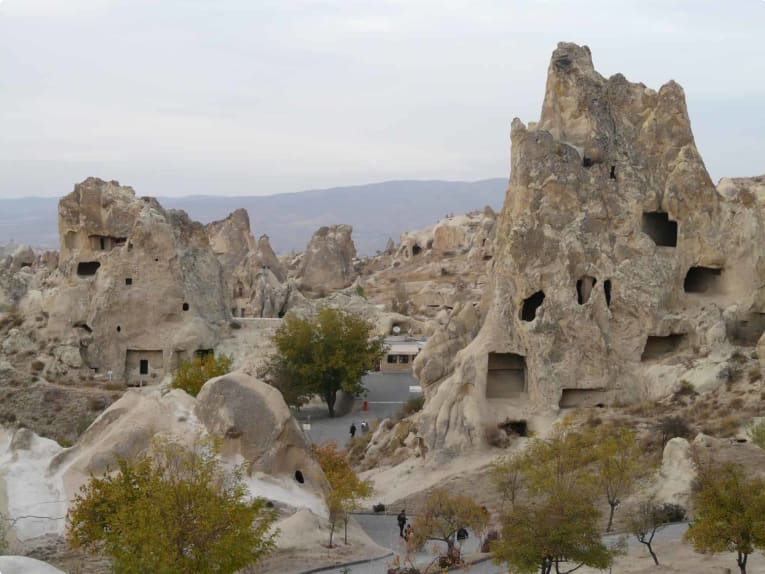
The Goreme Open-Air Museum preserves a number of unique Byzantine monasteries, carved out of the striking volcanic rocks of surrounding Cappadocia. Though monastic activity may have taken place as early as the 4th century, the remaining monasteries and churches were carved into stone in the 10th, 11th, and 12th centuries. Inside, many of the monasteries are decorated with gorgeous painting and stonework in Byzantine style.
Your museum ticket will also cover a visit to the Tokalı Kilise (Buckle Church), built in the 10th and 11th centuries, which is covered in stunning frescoes depicting the saints and New Testament scenes from the life of Jesus.
7. Blue Mosque
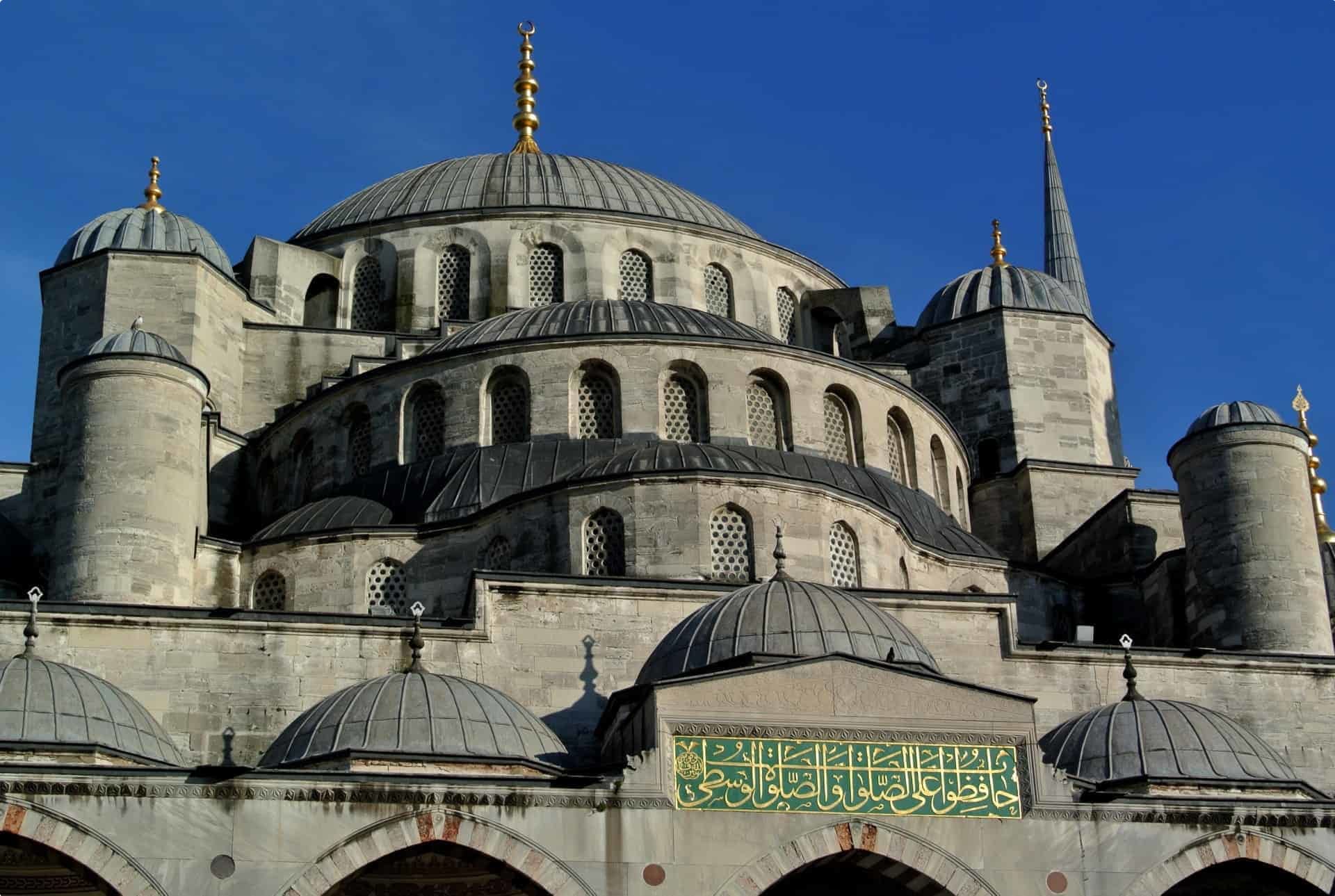
Located in the centre of Istanbul is The Blue Mosque, formally known as the Sultan Ahmed Mosque. While it is a popular tourist site, it continues to function as a place of worship. Completed in 1616, it holds an impressive 10,000 people.
Less than a ten minute walk from the Hagia Sophia, it’s entirely possible to visit both in one day! Both are listed as UNESCO World Heritage sites under the banner of ‘Historic Areas of Istanbul.’
8. The Topkapı Palace

The Topkapı Palace is a large museum in Istanbul. Also part of UNESCO’s ‘Historic Areas of Istanbul’, it was built in the 15th century by the Sultan Mehmet II. Each new Sultan that reigned added a new section to the palace. For a while, it was the largest palace in the world and, during festivals, was known to reach up to 10,000 residents and covered 700,000 metres. While the palace’s footprint is smaller today, it remains impressively large. The Topkapi Palace remained the residence of the Sultan and his court until 1856, when the court moved to the lavish Dolmabahce Palace. In 1924, by the order of Ataturk, the palace was converted into a museum. It remains so today, and is open 9am to 5pm, except on Tuesdays.
The museum’s collection includes a wide range of local and international artifacts, from Ottoman Military gear to European porcelain, to a collection of silverware with over 2000 pieces.
9. Ephesus
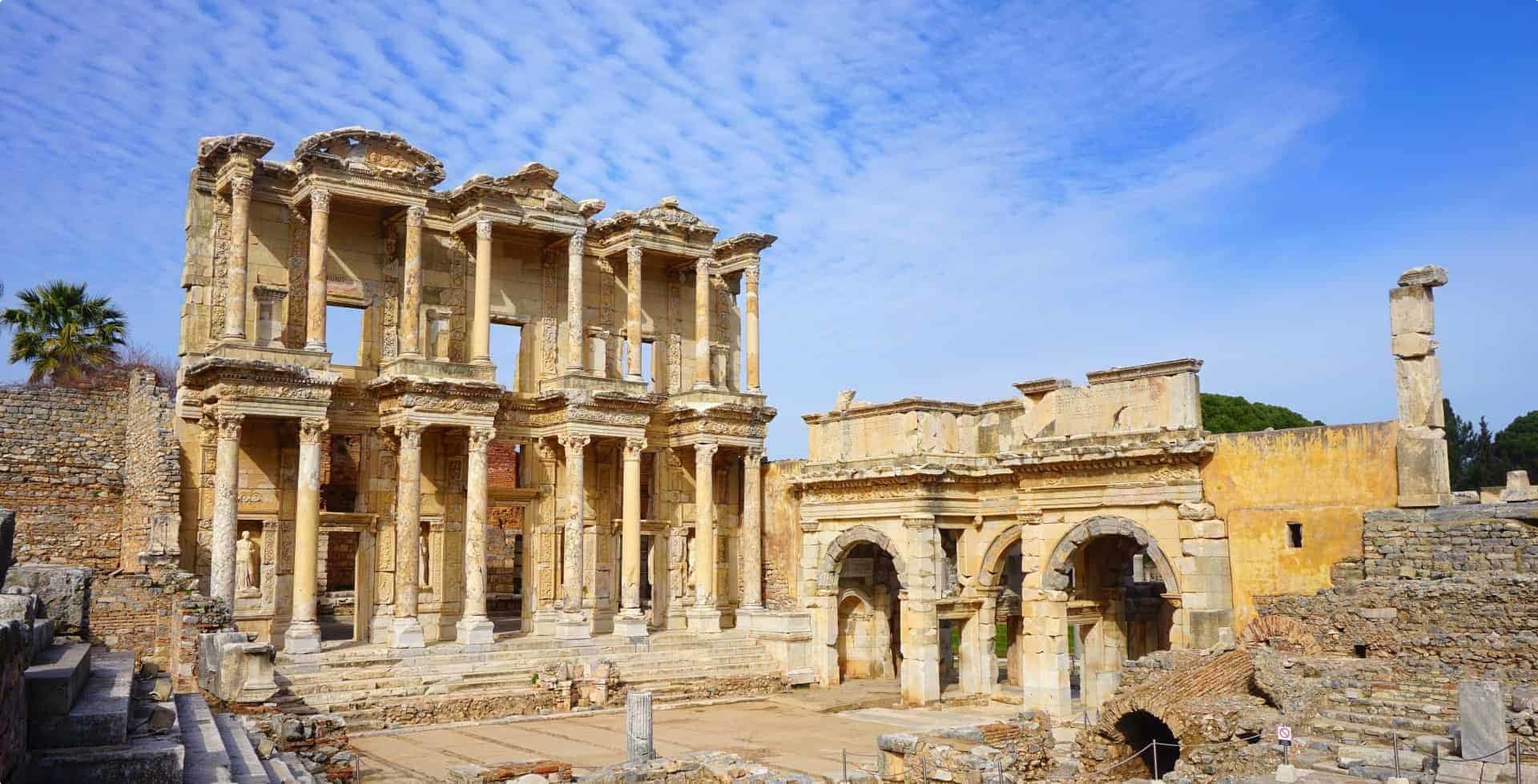
Ephesus was the location of Greek and Roman settlements, and fairly well-preserved ruins of both remain. Another World Heritage site, it was once the home of one of the ‘Seven Wonders of the World’, the Temple of Artemis. It is believed that the temple was burned down in 356BC by Herostratus, an arsonist who simply did so for the fame. While it was rebuilt, the last years of its history are essentially unknown. However, some of the columns from the Temple of Artemis were used in the construction of Hagia Sophia, and can still be seen there today. While very little remains of the temple, other structures remain more intact, such as the Great Theatre and the Library of Celsus.
Near the site is the Ephesus Archaeological Museum. Here, you will find archaeological finds from Ephesus. It recently (in 2014) underwent an extensive renovation, so now is the perfect time to visit!
10. Sampling Local Food and Drink
Along with all the marvellous sites to see, it would be crazy to spend time in Turkey and not take advantage of its extraordinary cuisine. Turkish cuisine tends to be regional, and varies greatly from place to place. There is usually a range of street food in cities, with doner and kofte served on baguettes, roast chestnuts of fried mussels often available. Pide is also popular, and can be made to order, so you can select your filling.
Turkish coffee is a delicacy that is also not to be missed. While western-style coffee is available in tourist and upmarket areas of the country, Turkish coffee is something else entirely. Türk kahvesi, or sediment coffee, is unfiltered – meaning that (as the name implies) it comes with sediment in it. For this reason, let it settle for a time before drinking so that you don’t end up with a mouthful of sediment. When ordering, you can generally choose between no sugar, moderate sugar, or heavy sugar, depending on your dietary preferences and taste.
And of course, you haven’t had real Turkish delight or baklava unless you’ve had them in Turkey!
Visit Turkey with Odyssey Traveller
Odyssey Traveller organises cultural tours to Turkey. Our tours take you from Istanbul to Cappadocia in eastern Turkey, before winding back up along the west coast. On our journey, you will see many of Turkey’s most important historical sights: the Topkapi Palace, the Hagia Sophia, the Blue Mosque, and the Goreme Open Air Museum. Our trip also includes a walking tour through the ruins of ancient Ephesus. In order to ensure you have a memorable trip, our private tour takes a cruise down the Bosporus and visits the Grand Bazaar of Istanbul.
On our trip, we provide hotel accommodation along with a number of meals – breakfast, lunch, and dinner – so that you have many opportunities to try the many delicious varieties of Turkish food. In order to ensure an authentic and informed travel experience, our tours are led by an expert tour manager, and joined by experienced local tour guides. Click here to see the full itinerary and sign up.
About Odyssey Traveller
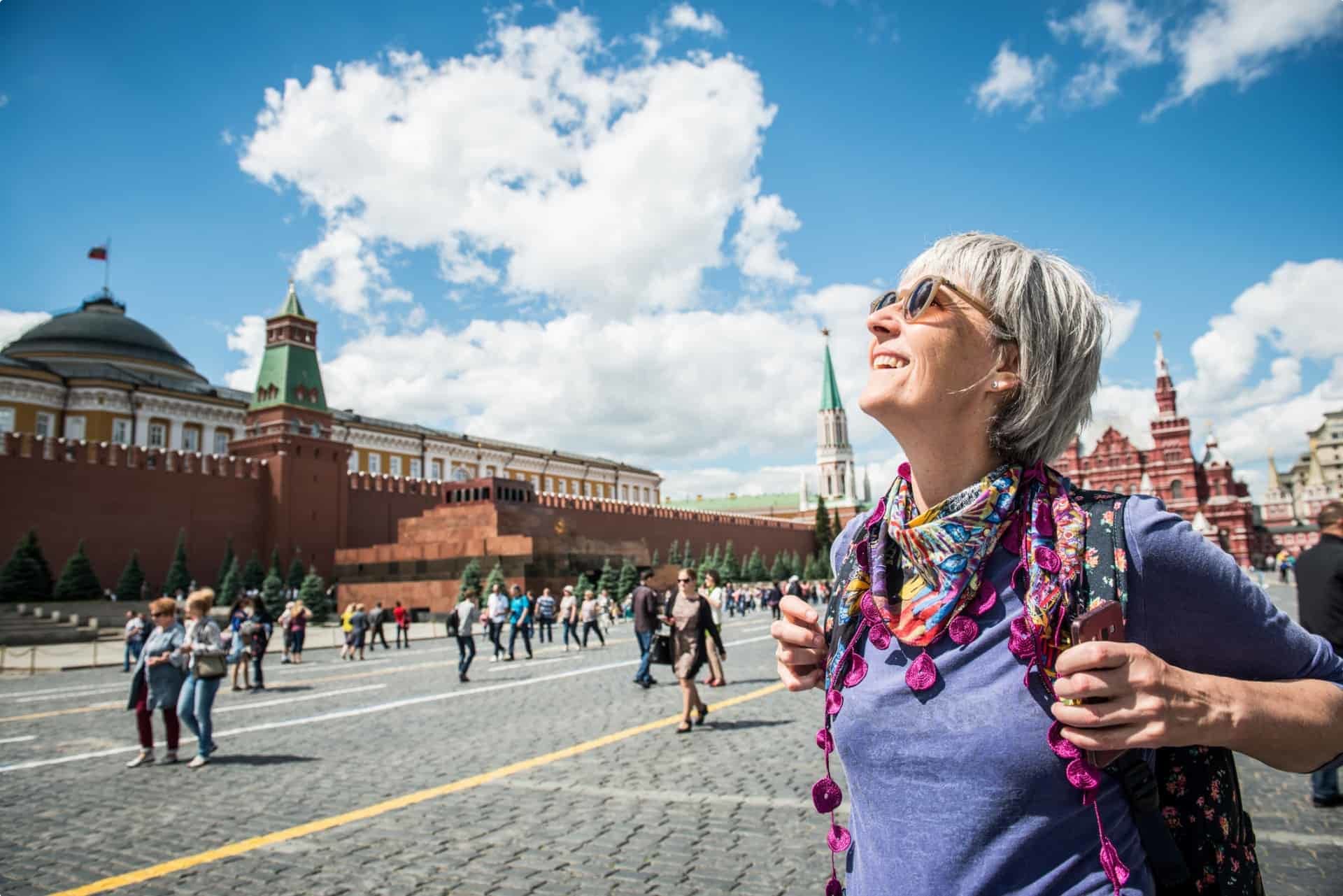
We specialise in educational small group tours for seniors, typically groups between six to 12 people from Australia, New Zealand, USA, Canada and Britain. Our maximum number of people on a tour is 18 mature aged travellers. Typically, our clients begin travelling with us from their mid 50’s onward. But be prepared to meet fellow travellers in their 80s and beyond! Both couples and solo travellers are very welcome on our tours. We have some 150 tours and offer 300 scheduled departures on offer each year. Odyssey has been offering this style of adventure and educational programs since 1983.
Odyssey Traveller is committed to charitable activities that support the environment and cultural development of Australian and New Zealand communities.
Odyssey Traveller scholarship for Australia & New Zealand University students.
We are also pleased to announce that since 2012, Odyssey has been awarding $10,000 Equity & Merit Cash Scholarships each year. We award scholarships on the basis of academic performance and demonstrated financial need. We award at least one scholarship per year. We’re supported through our educational travel programs, and your participation helps Odyssey achieve its goals. Students can apply for the scholarship by clicking on this link to find out more details.
Join our loyalty program when you join an international small group tour.
Every International small group tour taken typically contributes to your membership level in our Loyalty Program for regular travellers. Membership of the alumni starts when you choose to take your first international small group tour with Odyssey Traveller, discounts in tour pricing for direct bookings accrue from your third tour with Odyssey Traveller. To see the discounts and benefits of being a Bronze, Silver, Gold, and Diamond alumni member with us, please see this page.
For more information on Odyssey Traveller and our educational small group tours, visit and explore our website, and remember to visit these pages in particular:
- Terms and conditions applicable for booking an Odyssey Traveller tour.
- FAQ’s about Odyssey Traveller
Alternatively, please call or send an email.
Related Tours
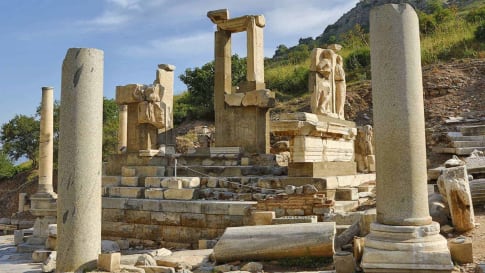
21 days
Apr, AugSmall group tour of Ancient Turkey
Visiting Turkey
As a travel company we seek to keep guests off the beaten path. Trips that are remembered for authentic experiences. Our small group journeys in Turkey are fully escorted by an experienced local guide and an Odyssey guide to give this type of experience whether at one of the many UNESCO World heritage sites explored or local bazaars. It is always about the adventure and memories that we will create.
From A$17,295 AUD
View Tour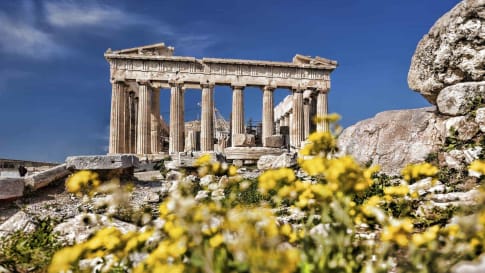
22 days
Apr, Sep, MayGreece small group escorted history tour
Visiting Greece
Our 22 day small group tour explores the land of great philosophers, myths, and legends. We will learn about the culture and heritage of modern Greece whilst exploring and learning Athens, which only found independence in its uprising from the Ottoman Empire in the 19th century.
From A$14,145 AUD
View Tour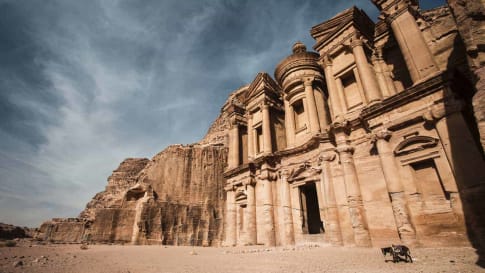
9 days
Jan, OctAncient History of Jordan | Escorted Small Group Tour
Visiting Jordan
Explore Jordan, visiting its capital city, Amman Jordan, the ancient Desert Castles, Petra and the Dead Sea on a small group package tour for mature and senior travellers travelling as a couple or Solo.
From A$7,350 AUD
View Tour

